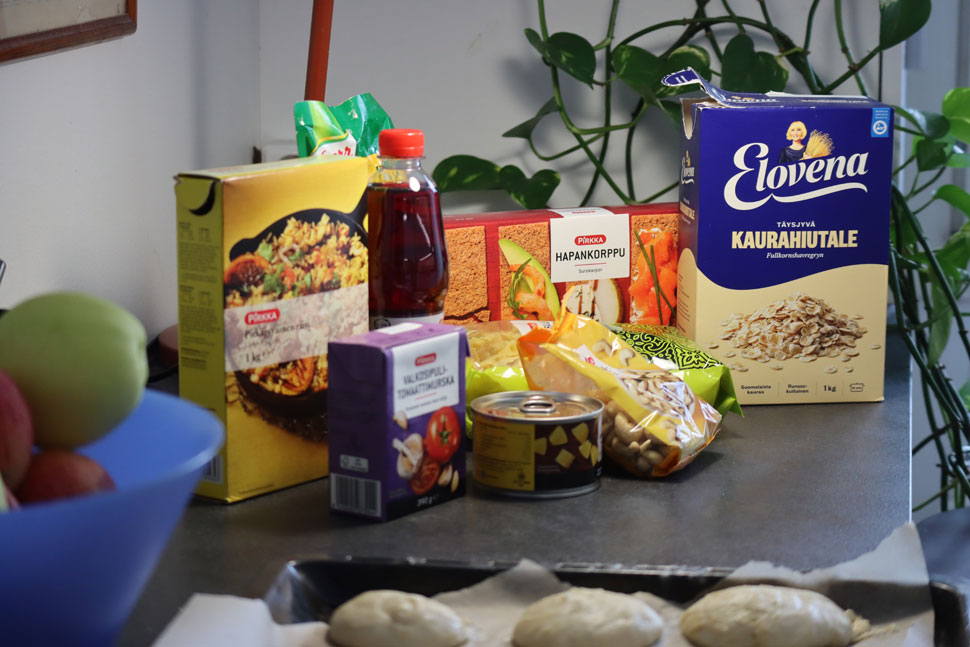

Viewpoints
Viewpoints is a blog in which different writers express their views and opinions on current topics. A new blog post is published about once every four weeks.
You can propose texts by e-mail to viestinta@kesko.fi. The maximum text length is 2,000 characters.
Emmi Tuovinen: Do you have sufficient emergency supplies at home?
The coronavirus pandemic has increased interest in home emergency supplies. The Finnish Martha Organisation has provided advice on home emergency supplies for years, but the number of visits to the stockpile section of the Martha Organisation’s website multiplied over a short period of time in 2020. Visits increased from around 9,000 in 2019 to nearly 146,000 in 2020. Preparedness and home emergency supplies have been discussed widely by the media and various organisations.

This spring, however, the number of enquiries received by the Martha Organisation has been lower than a year ago. Does this mean that we are less concerned after having survived last spring? Or does it mean that we are better aware of the significance of home emergency supplies?
Although I hope and believe that the latter is true, the meaning of home emergency supplies continues to be somewhat unclear, especially to younger urban dwellers. It means that every household should have a supply of food and drink for 72 hours for the whole family. This recommendation has been issued in cooperation between the authorities and organisations. Home emergency supplies are for when shopping trips are out of the question because of exceptional circumstances, such as quarantine, illness or power outages.
Home emergency supplies are not a permanent stock of food. They consist of the food products that are normally used in the household. In other words, the home emergency supplies change all the time. The 72-hour supply should be kept in mind when restocking the fridge and cupboards. Home emergency supplies should consist of the ingredients and food products that are regularly consumed in the household. This eliminates food waste by preventing expiry, and if the emergency supplies need to be used, familiar food products make the situation easier.
Home emergency supplies may include fresh fruit, vegetables, root vegetables and tinned food. Crispbread and crackers are the types of bread with the longest shelf lives. Nuts, seeds, jam, cereal, muesli, flakes and juices also have long shelf lives and will be used as part of daily life before they expire. Home emergency supplies can also include tinned beans or lentils – as well as Finnish freshwater fish, which is a smart choice otherwise. It is important to take into account any special diets and allergies.
In addition to food, home emergency supplies should include drink – that is, bottled water and other beverages. Each household should also have an extra supply of bottled water in case of power outages or water supply problems.
The pandemic will end sooner or later, but home emergency supplies will continue to be relevant. We must be prepared for exceptional circumstances caused by climate change in the future, for example. At the moment, we are troubled by the coronavirus pandemic, but there will be a time when we will look back to see what we have learned. Perhaps more people will become aware of the importance of home emergency supplies. This will improve our resilience to survive exceptional situations also in the future, no matter how challenging they are.
Emmi Tuovinen
Development Manager
Martha Organisation